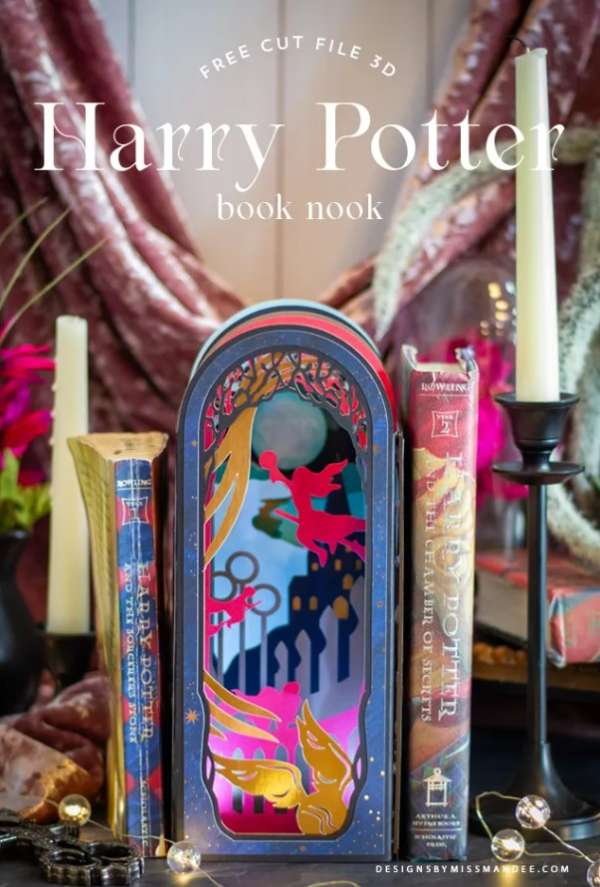 “Railroad” doesn’t really sound like a term that should have anything to do with cross stitch, but it is a useful technique if you want to give your work a really crisp, uniform look.
“Railroad” doesn’t really sound like a term that should have anything to do with cross stitch, but it is a useful technique if you want to give your work a really crisp, uniform look.
I don’t know where the word came from or why this technique is called railroading, but here we are. (Lord Libidan says its because the threads look like rails sitting next to each other, similar to the way they look in American railroad crossings, so do with that what you will.) It’s a method for forcing the threads of your stitches to lie flat.
This is easiest to do when you are stitching with two threads at a time, but you can do it with with more using a tool.
The most basic way to railroad a stitch is by taking your needle between the two threads when you form the stitch. This separates them and allows them to lie flatter than if you stitch with the both together.
Of course you can’t do that with more than two threads, so the other option is to use a tool, which can be a purchased tool called a laying tool or thread controller, or you can use a wooden skewer, a chopstick, a knitting needle, etc. As you make the stitch you flatten the threads with the tool, make the stitch around the tool so the threads stay flat, then remove the tool and tighten up the stitch.
You can see these methods in action at Catkin and Lille and Sirious Stitches.
Why would you want to railroad your cross stitch? It does make the finished project look a little neater, and if you have thread that twists a lot as you stitch this will prevent those twists from being present in your stitching. Some people say that railroading gives better coverage so you can’t see as much of the fabric below the stitch, but you might want to test this yourself.
When it comes to stitching between the threads, this doesn’t really take any more time to stitch than your standard method (especially considering most people only railroad the top leg of the stitch, not both). If you are using a tool, especially with more than two threads, it will slow your stitching time down considerably and might not be worth the difference in the results.
Here again it would be great to test it and see if you prefer the look of railroaded stitches enough to justify the extra time it takes.
Have you ever used this technique? I’d love to hear about it!
[Photo: Sirious Stitches.]











